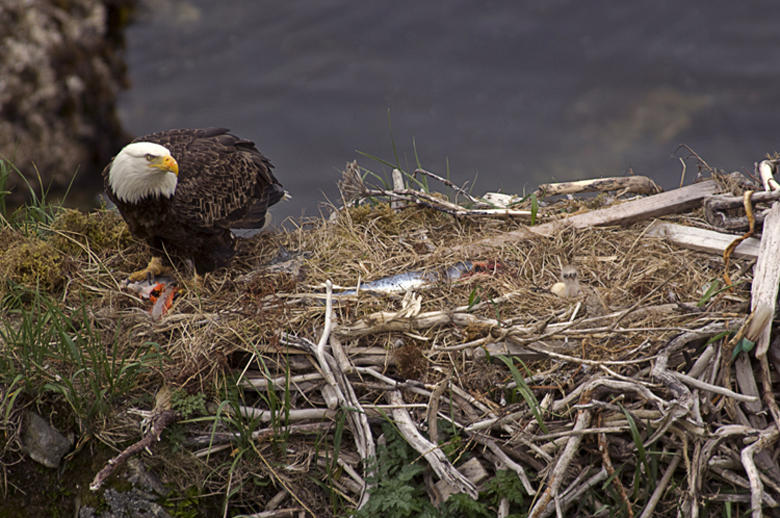
When Roger Tory Peterson published his classic, A Field Guide to the Birds, in 1934, the nation was mired in the Great Depression, the Dust Bowl, and developing conflict in Europe. In spite of these deeper concerns, or maybe because of them, there was widespread interest in the book and its subjects. The United States became a nation of backyard birdwatchers as public concern for the plight of wildlife soared to new heights.
In 1940 the National Audubon Society was formed and Audubon Magazine hit the newsstands for the first time. This new voice for conservation wasted no time. Ornithologists were recruited to study the ivory-billed woodpecker as it edged toward extinction, as well as the endangered California condor and roseate spoonbill. The results of these reports were published two years later and generated heated discussion. Nevertheless the woodpecker never had a chance and would soon be declared officially extinct. With protection the spoonbill would make a remarkable recovery while the condor still hovers on the brink of extinction.
Also in 1940 President Franklin Roosevelt, a cousin to Teddy and environmental champion in his own right, signed the Bald Eagle Protection Act into law. The national bird was considered a pest in those days and shot on sight as a fish thief. When the bill was signed there were fewer than 400 nesting pairs in the lower 48 states. Alaska, not yet a state then, continued to pay a bounty on the eagle until statehood in 1959.
In the mid forties public attitude was shaped by the nation's involvement in World War 2. Farming and ranching were vital to our war efforts and the search was underway for methods to increase production. Enter long acting pesticides, primarily DDT, which gained widespread use. The pesticide impacted the eagle and other raptors by causing a lethal eggshell thinning. This relationship would not be fully understood for decades.
A rare glimpse into the world of the bald eagle, with the mother bird and her very tiny chick and egg. The mother is eating a salmon brought by her mate, perched nearby and guarding the nest. The chick is less than one day old since the two eggs will hatch within 24 hours of each other. Note the broom, bottom right, and a 2x4 plank woven into the nest, giving a sense of place near human settlement, specifically on a sea stack off Unalaska, one of the Aleutian Islands. This is a wonderful example of storytelling with photography. The rather messy composition is trumped by the powerful message.